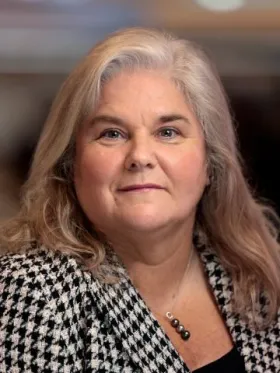Those of us working in the payments space are keenly aware of the nuances between payment networks around the world. One of the biggest challenges payment technologists face is mapping messaging fields to enable the transfer of payments across different payment rails. Change, in this regard, always has been inevitable.
The ISO 20022 messaging standard first arrived on the scene more than 15 years ago, but, like most banking innovations, it has taken some time to permeate throughout the vast world of banking. During that time, there have been many conversations about the value ISO 20022 can deliver, including increased interoperability, reduced friction, richer payment data, improved tracking, etc.
The promise of those benefits has prevailed, and we’ve entered an age of ISO 20022 adoption. Banks across the globe are beginning to use ISO 20022 for domestic, cross-border and real-time payments. So far, it’s been forward-facing banks and those that operate within certain markets that have taken the plunge.
SWIFT, however, has drawn a line in the sand for all banks with its MX and MT messaging deadlines. The new, ISO-native MX format will go live in November of this year and coexist with the existing MT format until 2025. After which, MT will be decommissioned and anyone transacting on the SWIFT network must operate in ISO 20022. This very real deadline is the first sweeping demand for payments modernization we’ve seen to date—one that will hold financial institutions’ feet to the fire and really spur transformation.
For those considering or reassessing their approach to ISO 20022 adoption, my colleagues and I have engaged in a global roundtable discussion on five of the most common myths surrounding this effort:
- Taking a minimum viable product (MVP) approach to ISO 20022 adoption is feasible.
- ISO migration is a long journey.
- Corporates aren’t really ready for ISO 20022.
- ISO 20022 is just another message format.
- ISO deadlines are going to change.
With different markets at different stages of ISO 20022 adoption, there are lessons to be learned from each of them. For this reason, we brought together a diverse panel of payment experts from European and North American markets to discuss these common myths.
ISO 20022 migration is a crucial step in the journey to payments modernization. While this effort can be complex, it doesn’t have to be difficult. As you look toward adoption, ensure your systems—whether modernized or new—are ISO native. This is key to both system and market interoperability.
To learn more about common ISO 20022 migration myths or for more information on CGI’s work in helping banks migrate, feel free to reach out to me or one of our roundtable panelists.





